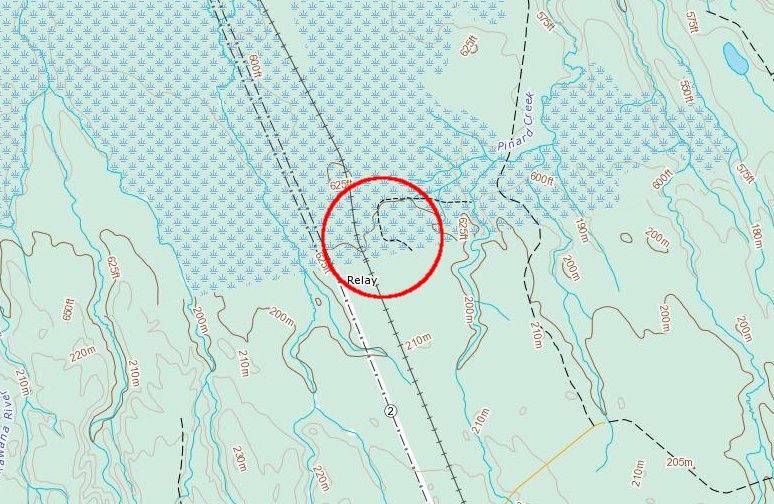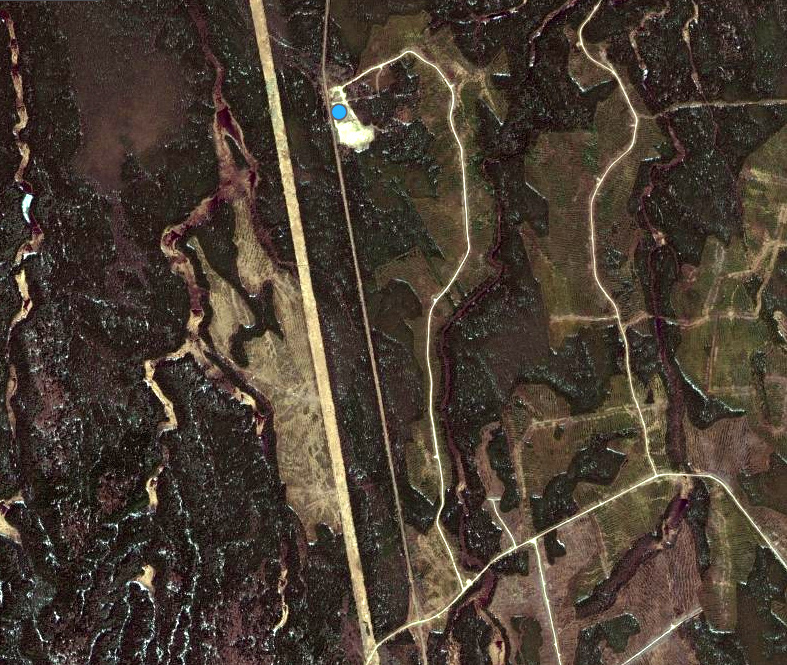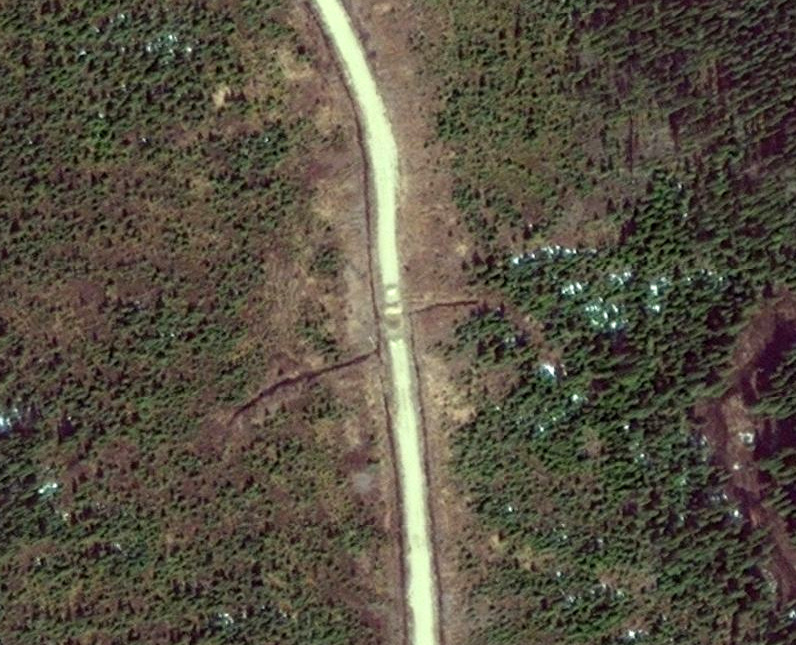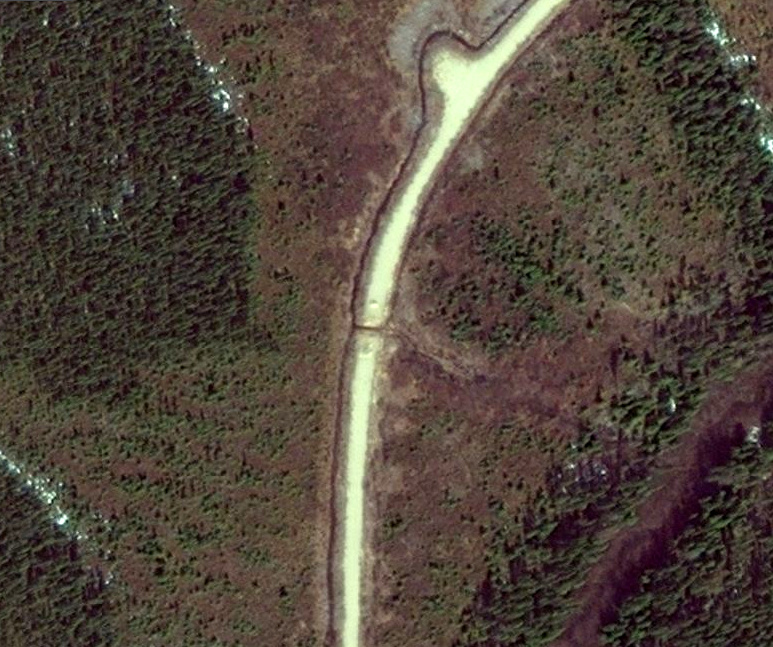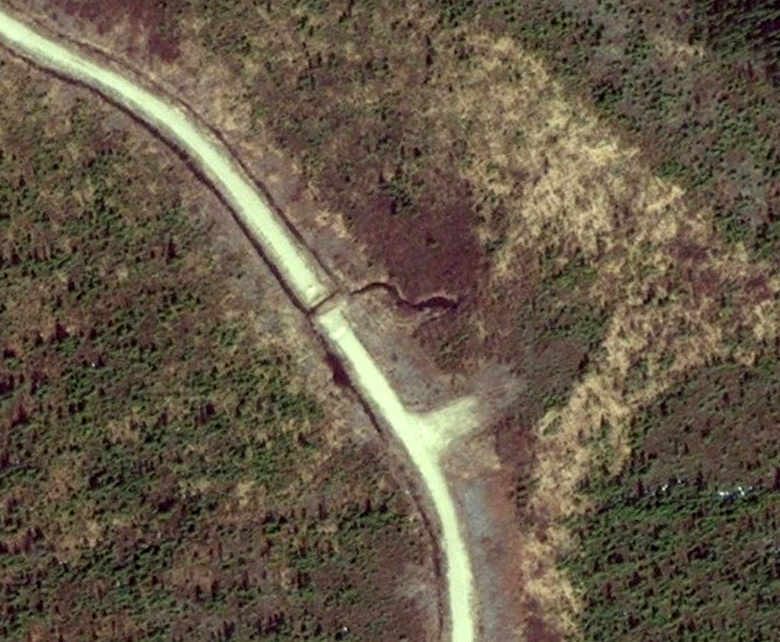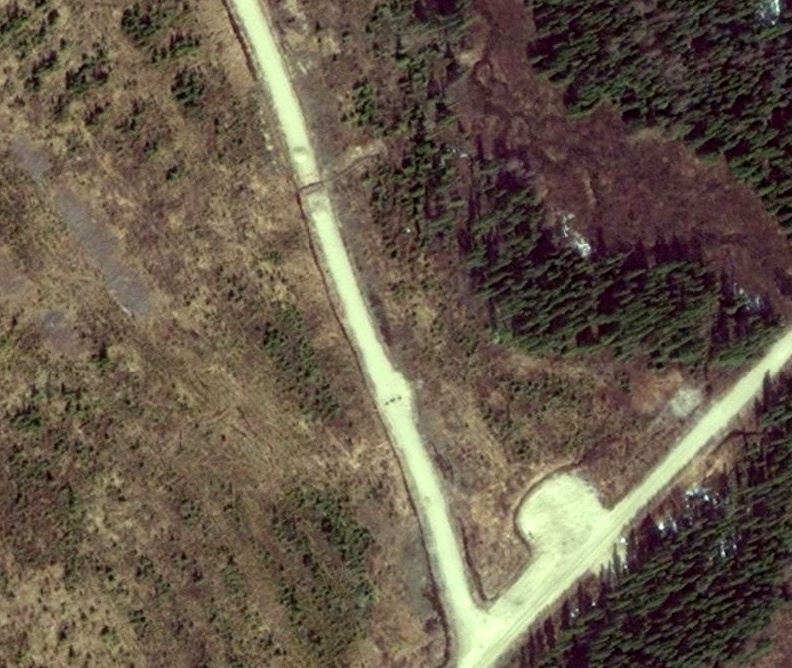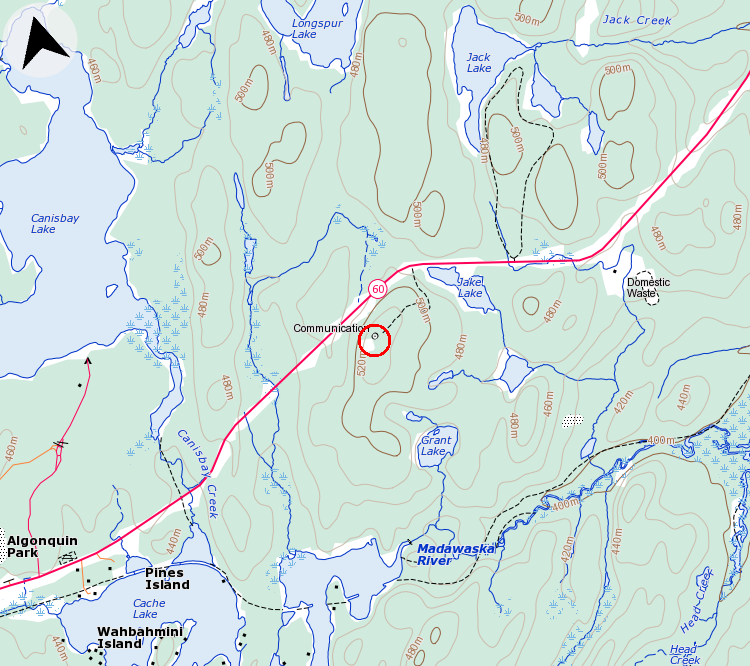Site Name: Mid-Canada Line Site 410
Location: Cape Jones, Quebec
Built: 1957
Operational: 1957 - 1965
Coordinates: 54.63808, -79.74785
Lot/Concession:
Condition: Abandoned
Current Ownership:Unknown, likely Gov't of Quebec
Distance from paved road: Accessible only by air, perhaps water
Condition of access road: Unpaved
Overview/Background:
A troposcatter repeater station was set up at Cape Jones to transmit across James Bay to Mid-Canada Line Site 415 - Cape Henrietta Maria as well as communicate East to Sector Control Station 400 Great Whale River.
Larry Wilson has pictures on his web site of MCL Site 410
http://www.lswilson.ca/capjones.htm
Here is a video about the environmental impact the MCL sites are having on aboriginal communities.
Directions:
There's a gravel airstrip of unknown condition at (54.63960,-79.70678), but I do not know who has landed on it and what condition it is presently in. Boat access might be easier to arrange.
Trip Report:
I have not yet been to the Mid-Canada Line 410 Cape Jones site, but it is one of the more realistic MCL sites for me to get to. Unlike MCL Site 415 which is extremely far from road access; Cape Jones isn't too far up the coast from the Cree community of Chisasibi. Chisasibi is road accessible and at the end of the James Bay Highway. The general idea being; if I can get that far, what's a little jaunt up the coast in a motor-boat driven freight canoe? (see map below for illustration)
Maps:
Here Maps makes it incredibly difficult, if not impossible, to embed their maps, so here's a link to the best satellite imagery I can find.
http://her.is/L3d7F
 | |
| Mid-Canada Line Site 410 Cape Jones Troposcatter Site in Red - Landing Strip in Green atlas.gc.ca |
Route from Carp, ON to Chisasibi, QC
View Larger Map



